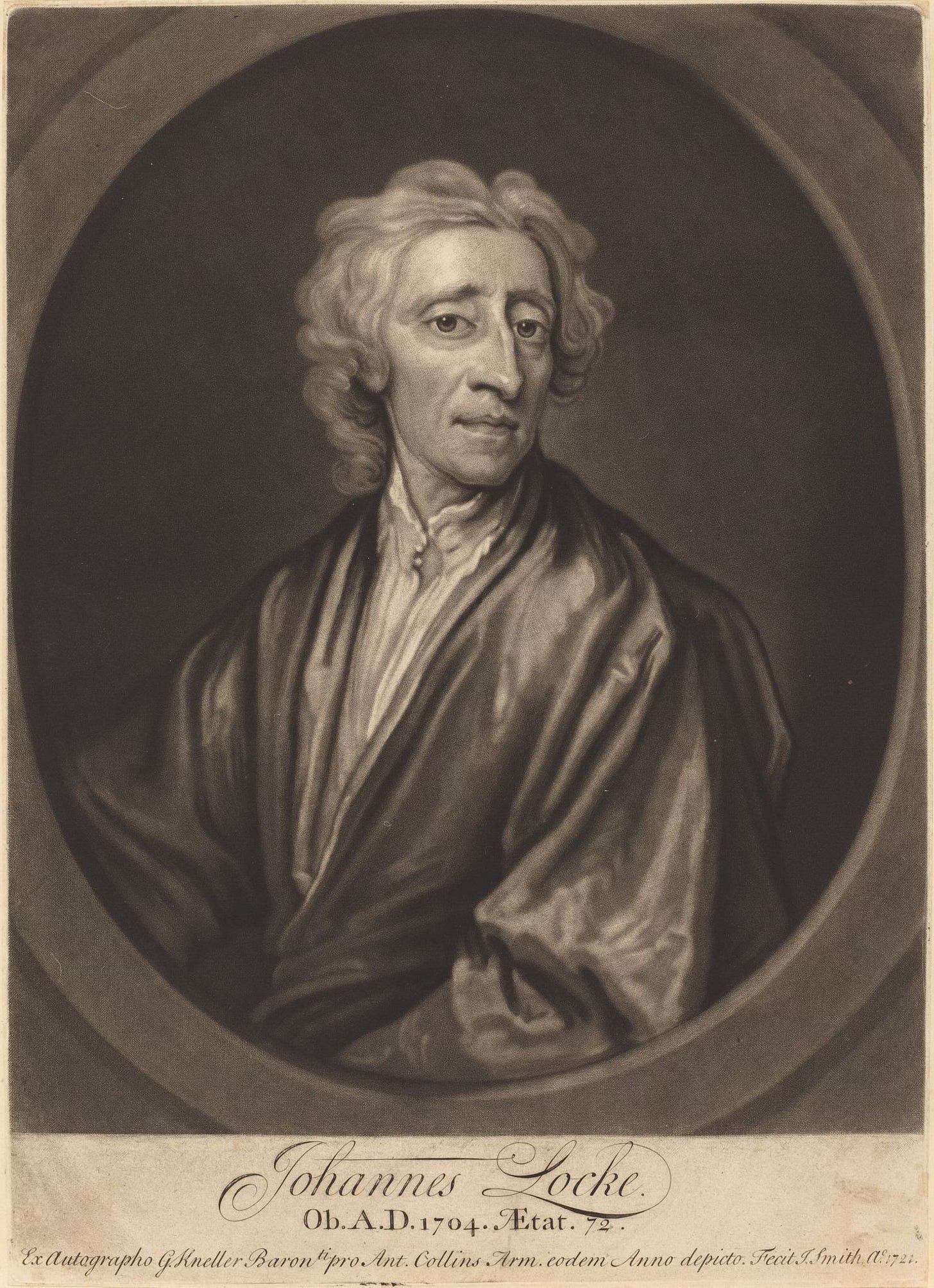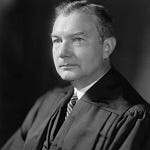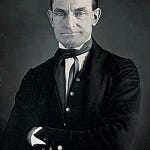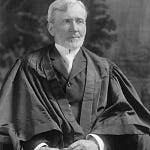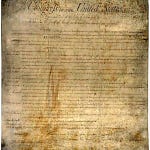This Day in Legal History: John Locke Born
On August 29, 1632, John Locke was born in Wrington, England. A foundational figure in political philosophy, Locke’s ideas on government, natural rights, and property would come to shape the ideological core of liberal democracies. His “Two Treatises of Government” advanced the notion that legitimate governments are founded on the consent of the governed and exist to protect life, liberty, and property. Locke’s theory of property, rooted in the idea that individuals gain ownership by mixing their labor with natural resources, would have lasting effects not only in political theory but also in legal frameworks—particularly intellectual property law.
Locke argued that since individuals own their labor, they also own the results of that labor. This labor-based theory of property acquisition later served as a philosophical underpinning for intellectual property rights, especially in Anglo-American legal systems. The notion that creators have a natural right to control and benefit from their intellectual creations echoes Locke’s broader views on property. His influence is visible in early American legal thought, including the U.S. Constitution’s provision empowering Congress to secure authors' and inventors' exclusive rights.
Locke's work also fueled the American Revolution and the drafting of the Declaration of Independence, with Thomas Jefferson borrowing heavily from Locke’s formulations on natural rights. Likewise, his theories permeated the French Revolution and the Declaration of the Rights of Man and of the Citizen. Beyond constitutional law, his legacy persists in modern debates about the balance between public access and private rights in intellectual property regimes. Locke’s vision of a just legal order grounded in individual rights, voluntary association, and property remains central to contemporary legal theory.
A federal judge will hold a hearing on whether to temporarily block President Donald Trump from firing Federal Reserve Governor Lisa Cook, who is challenging her removal in court. Cook argues that Trump lacks legal grounds for firing her, alleging that the justification—claims of past mortgage fraud—is a pretext tied to her refusal to lower interest rates. The Federal Reserve Act permits governors to be removed only “for cause,” though that term is undefined and has never been tested in court. Cook denies the fraud allegations and says even if true, the conduct occurred before she took office and should not qualify as cause for removal.
Trump’s administration argues that the allegations are sufficient to justify her dismissal and may also claim that legal limits on removing Fed governors infringe on the president’s executive authority. The outcome of this case could significantly impact the perceived independence of the Fed and may ultimately be decided by the U.S. Supreme Court. A Biden-appointed judge, Jia Cobb, will first determine if Cook is likely to succeed on the merits and if her removal would cause irreparable harm. The decision could lead to a preliminary injunction, subject to appeal.
Trump has already clashed with the Fed, particularly with Chair Jerome Powell, over interest rate policies and management decisions. Removing Cook would allow Trump to install a fourth member on the seven-seat board, potentially shifting its direction.
Trump's firing of Fed Governor Cook could be blocked by US judge | Reuters
The national average score on the July 2025 Multistate Bar Exam (MBE) was the highest in over a decade, reaching 142.4—the best performance since 2013, excluding pandemic-altered years. The MBE, which accounts for half of a bar taker's score in most states, is a key component of the U.S. bar exam. The National Conference of Bar Examiners expects the slight uptick in scores to translate into modestly higher pass rates across jurisdictions.
This marks the third consecutive year of improvement for July test-takers, in contrast to the February bar exam, which continues to show declining performance. February 2025 saw a record low MBE average of 130.8, partly due to California’s decision to use its own bar exam for that session—a move that backfired due to widespread logistical issues. The California Supreme Court has since ordered the state to resume using the MBE starting in July.
As states begin releasing July results, optimism is growing among recent law graduates. However, the disparity between February and July results highlights persistent challenges for repeat test-takers and bar exam policy shifts across jurisdictions.
US national bar exam scores hit 12-year high | Reuters
Major U.S. law firms saw strong revenue and profit growth in the first half of 2025, fueled by a sharp rise in billing rates—up 9.2% on average. This surge helped offset rapidly increasing expenses, particularly those tied to attorney compensation and the adoption of artificial intelligence tools. Overhead costs excluding lawyer pay rose by 8.6%, while total expenses, including compensation, were up 9.5%. Despite heavy investment in generative AI, firms haven’t realized cost savings yet, as they're still maintaining full legal staffing alongside the new technology.
Top partners at elite firms, such as Milbank and Quinn Emanuel, are now charging more than $3,000 per hour, with Milbank's Neal Katyal commanding $3,250. Experts note that while AI may one day disrupt the traditional billable hour model, that shift hasn’t materialized yet—echoing past predictions during earlier tech changes that never fully played out. Still, some consultants believe AI may eventually push firms toward flat-fee or project-based pricing, especially as AI becomes capable of completing tasks in minutes that previously took hours.
Meanwhile, law firm expenses are also climbing due to higher real estate costs and professional liability insurance. The legal talent pipeline remains strong, with law school applicants up 18% year-over-year and recent graduates enjoying a record-high 93.4% employment rate.
Law firm rates, revenues soar but costs pile up in AI era | Reuters
A federal judge has dismissed University of Pennsylvania law professor Amy Wax’s lawsuit claiming racial discrimination in response to university sanctions against her. Wax, who is white, alleged that UPenn treated her unfairly based on race when it suspended her for a year with half pay over a pattern of controversial public comments about minority groups. Judge Timothy Savage ruled that her claims were “implausible,” noting that she failed to show how her race influenced the disciplinary process or the charges brought against her.
Wax argued the university disproportionately disciplines white faculty for speech-related conduct while overlooking similar actions by faculty of color. However, the court found her comparisons to other UPenn speakers flawed, as those individuals had not repeatedly made derogatory remarks about minorities. The ruling follows an earlier denial of Wax’s request for a preliminary injunction, where the court found she hadn’t proven that the suspension would cause her lasting professional harm.
Wax has long been a polarizing figure at Penn Law. Her 2017 op-ed favoring Anglo-Protestant cultural norms and later remarks about Black and Asian students drew widespread criticism. In 2018, she was barred from teaching required first-year courses, and in 2022, a faculty complaint sought a major sanction after she suggested the U.S. would be better off with fewer Asian immigrants.
Judge tosses law professor Amy Wax's bias lawsuit over UPenn sanctions | Reuters
This week’s closing theme is by Wolfgang Amadeus Mozart, a composer of some note.
This week’s closing theme is Mozart’s Piano Sonata No. 11 in A major, K. 331 – I. Andante grazioso, a work that showcases the clarity, grace, and inventiveness that define Mozart’s style. Composed around 1783, likely in Vienna or Salzburg, this sonata is one of Mozart’s most beloved keyboard pieces, notable for its departure from traditional sonata form. Instead of the expected fast-paced opening movement, Mozart begins with a theme and variations—a gentle, lilting Andante grazioso that unfolds with elegance and wit.
Each variation adds a new layer of texture and character, giving performers the opportunity to explore contrasting articulations, ornamentation, and moods. The charm of the movement lies in its simplicity and restraint, traits Mozart uses not as limitations but as a foundation for subtle playfulness and sophistication. The theme itself is dance-like, with a lightly flowing triple meter that invites the listener in rather than demanding attention.
While the final movement of this sonata—the famous "Rondo alla Turca"—often steals the spotlight, the opening movement contains just as much ingenuity and expressive depth. It’s a window into Mozart’s ability to transform formal conventions into personal, lyrical statements. This sonata was likely intended for his students or amateur musicians, yet it retains the masterful balance of accessibility and complexity that only Mozart could achieve.
As we close this week, the Andante grazioso reminds us that refinement doesn't require grandeur, and that musical beauty often lies in the quiet unfolding of a well-turned phrase.
Without further ado, Mozart’s Piano Sonata No. 11 in A major, K. 331 – I. Andante grazioso, enjoy!




